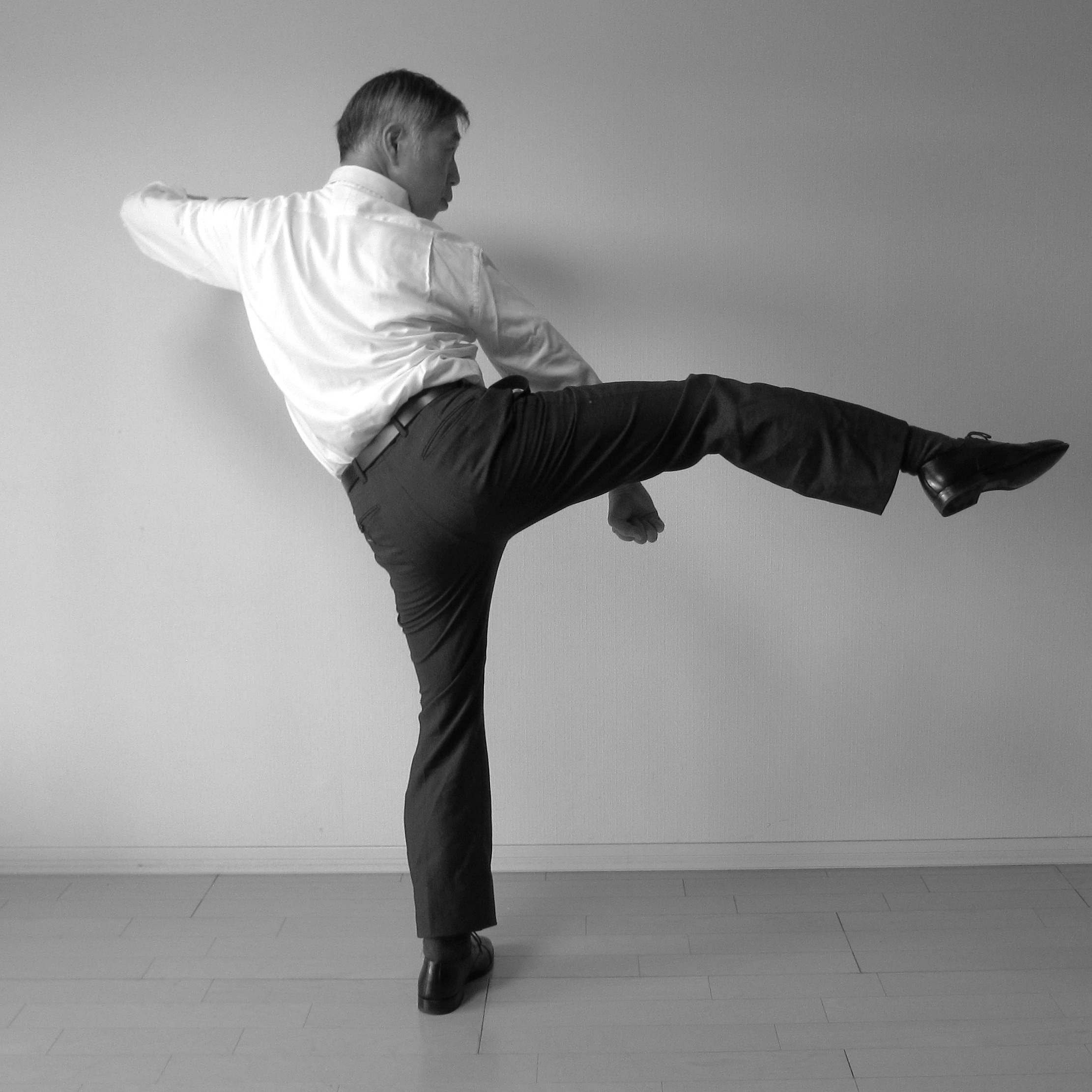
If I am asked what the most commonly used kick in Taijiquan, it will be a toe kick.
In a street fight, it is natural to kick the opponent’s abdomen with the toes of leather shoe, and becomes an effective technique.
Let me explain it.
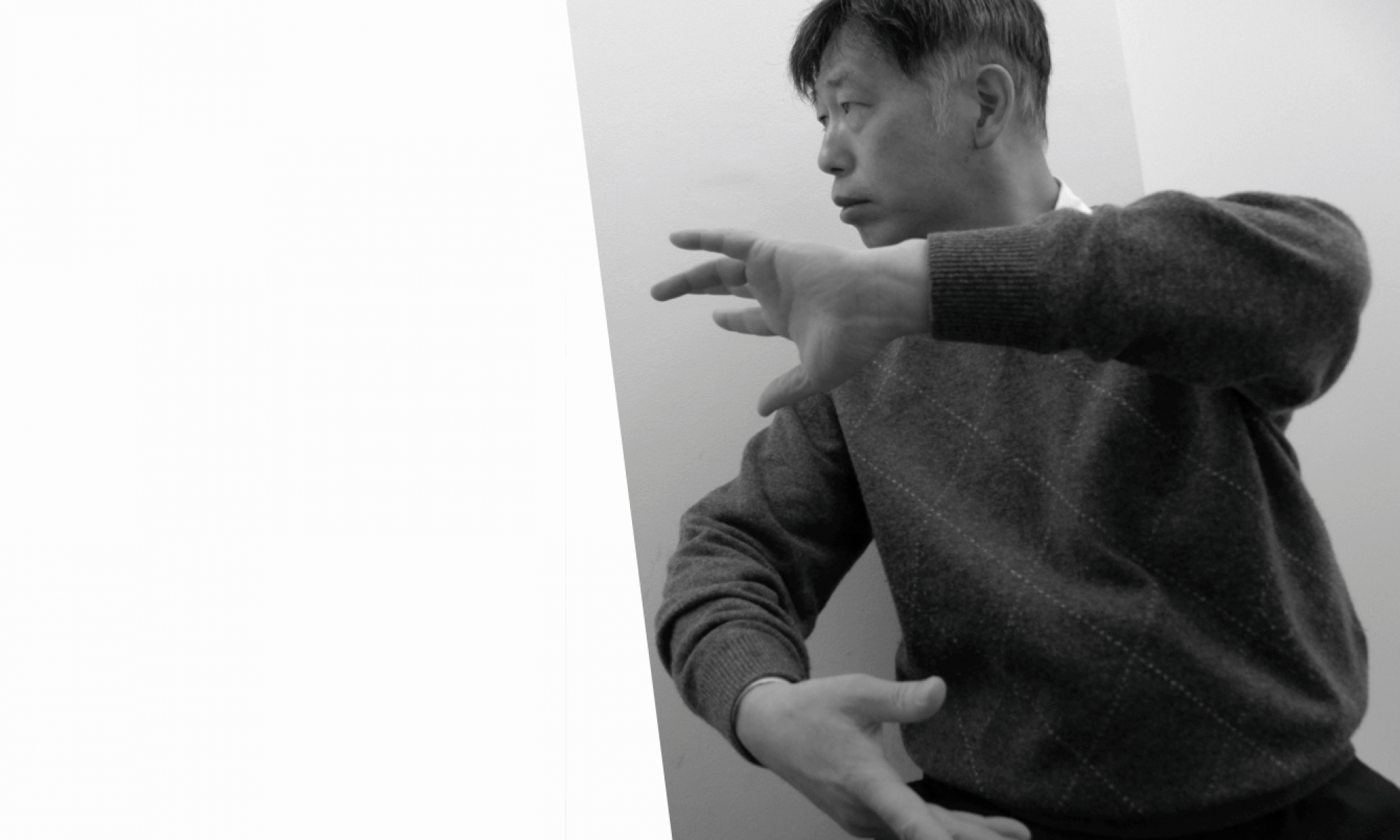
Taijiquan, Back to the tradition
There are no martial arts without Jin (勁). What is a traditional Neijin (内勁)?

If I am asked what the most commonly used kick in Taijiquan, it will be a toe kick.
In a street fight, it is natural to kick the opponent’s abdomen with the toes of leather shoe, and becomes an effective technique.
Let me explain it.
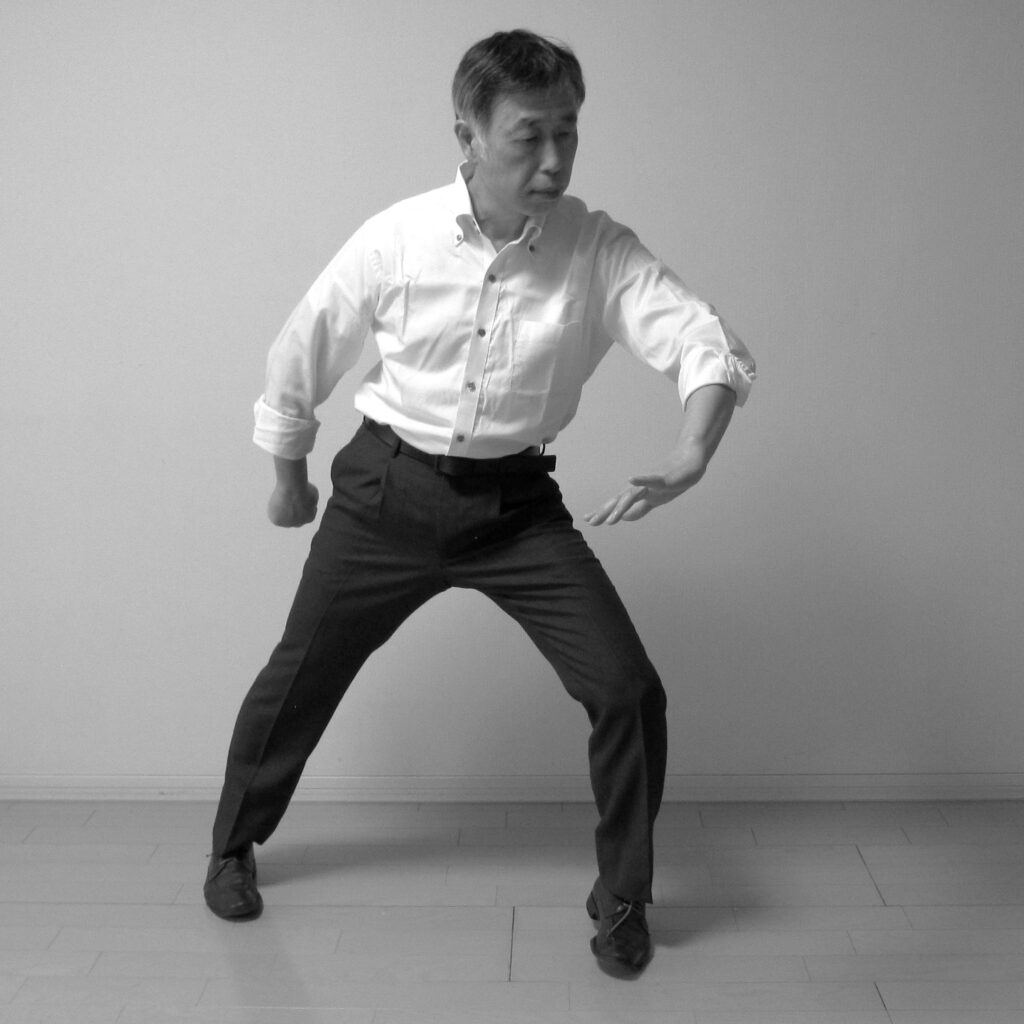
One of the characteristics of Tai Chi is that it is Silk Reeling Force.
Silk Reeling Force stays tense and connects the whole body.
Neutralizing Force (化勁) and Exploding Force (發勁) of Tai Chi could not be explained without the Silk Reeling Force.
I would like to discuss the essence of Silk Reeling Force based on Chen Tai Chi, the origin of Tai Chi.
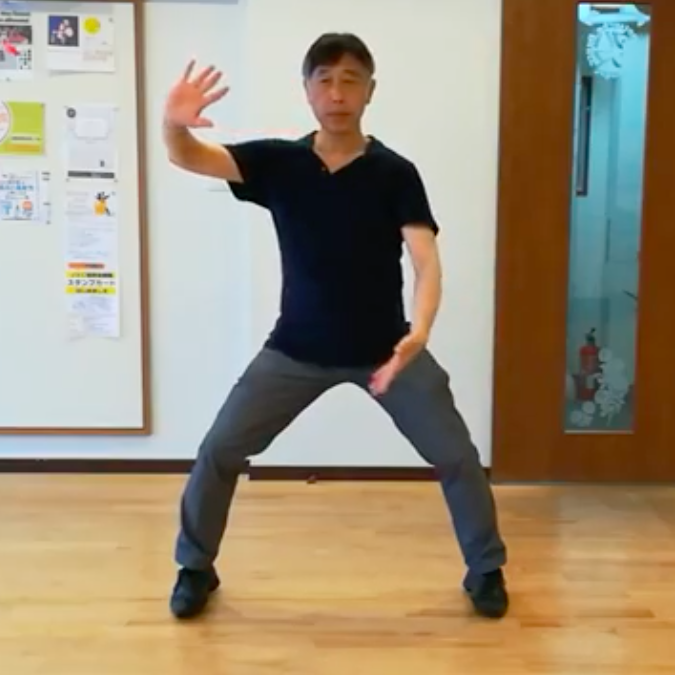
Tai Chi is based on the movement of the whole body linked.
There is a word that most accurately describes that condition.
“Upper and lower body following each other”
Let me explain.
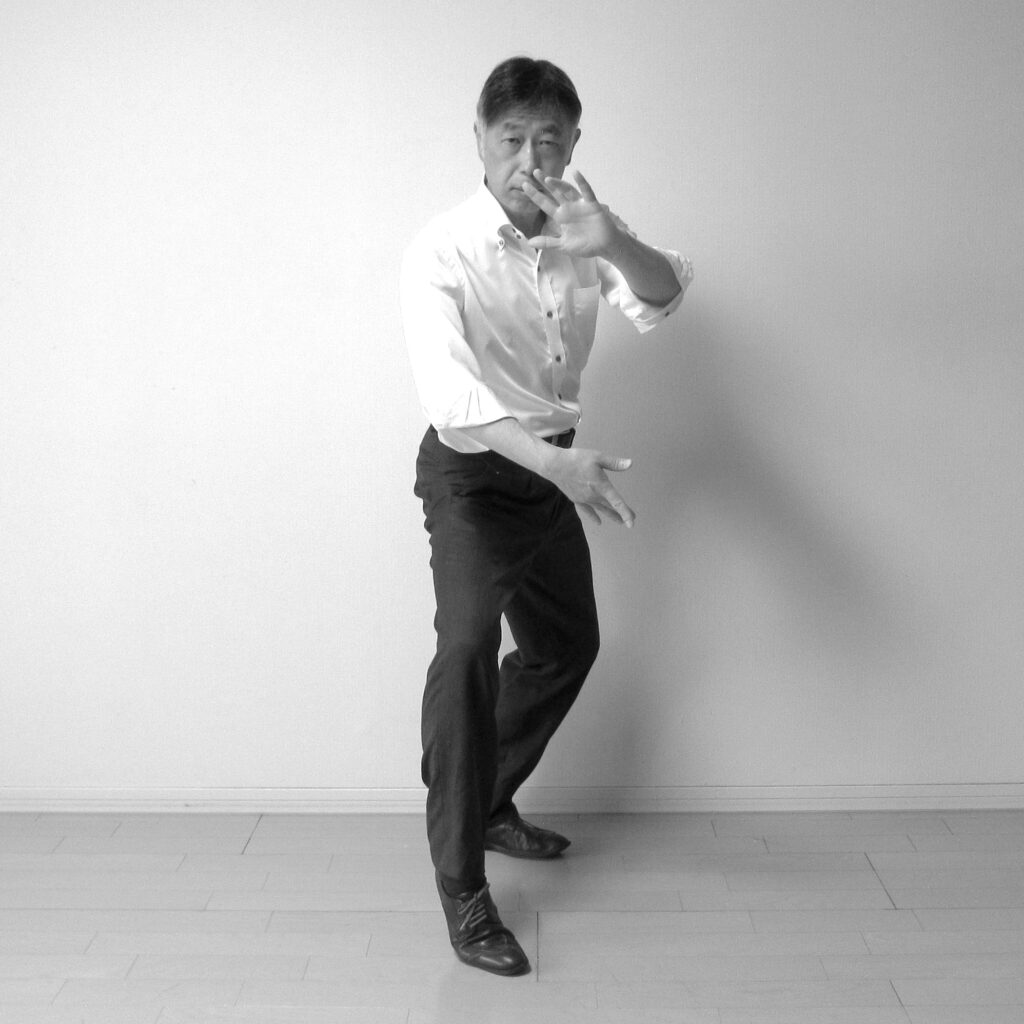
Understanding “Substantial / Insubstantial” leads to learning the essence of martial arts.
No matter how powerful strike ability you have,
If you could not hit the opponent, you could not get the effect.
A punch delivered intentionally to beat the other can be easily escaped,
Unconscious punches are hard to be avoided.
Here is the difficulty of martial arts and the depth of artistic elegance.
So what does it mean to be unconscious?
Let’s talk about the essence of martial arts.
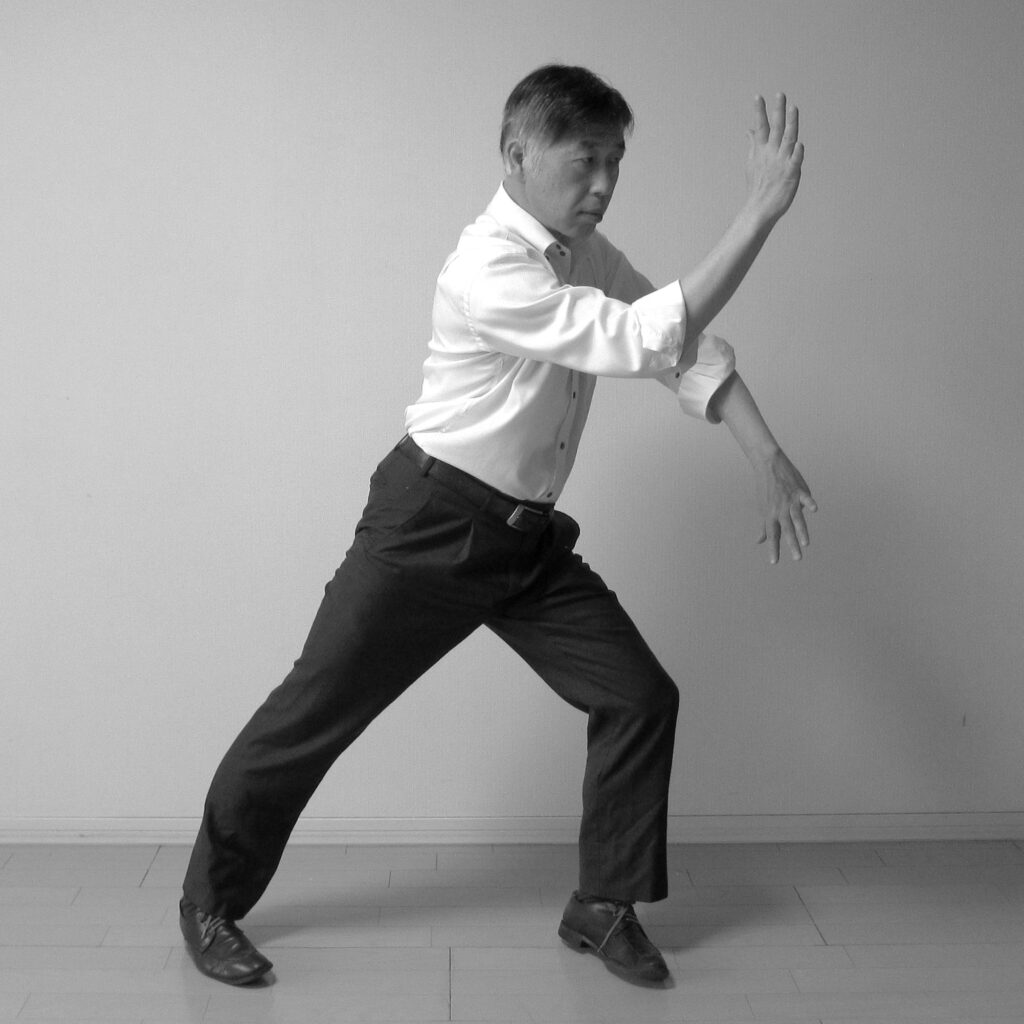
Tai Chi mainly uses palm strikes instead of fist strikes during fighting.
It would be a fist strike has more power than a palm strike.
Do you have such question?
Let’s answer the question.
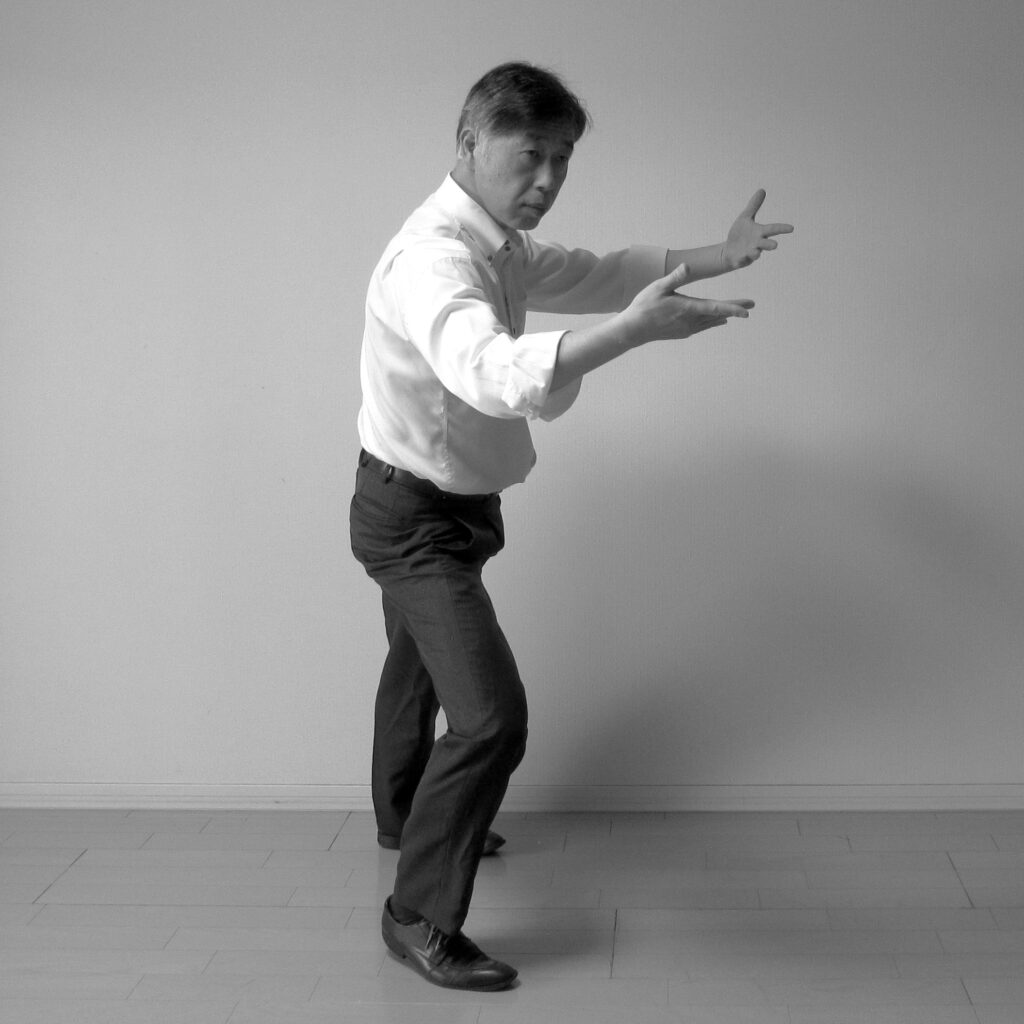
What is the “Peng (掤)” of Tai Chi Chuan?
In Tai Chi, it is often said that the opponent’s attack is neutralized by “Hua Jin (化勁)”.
However, it is not easy to deal with quick punches and kicks with “Huajin”.
To make it possible, a skill supported by tradition is necessary.
Now, let’s explain the “Peng (掤)” of “Peng Lu Ji An(掤 捋 擠 按)”.
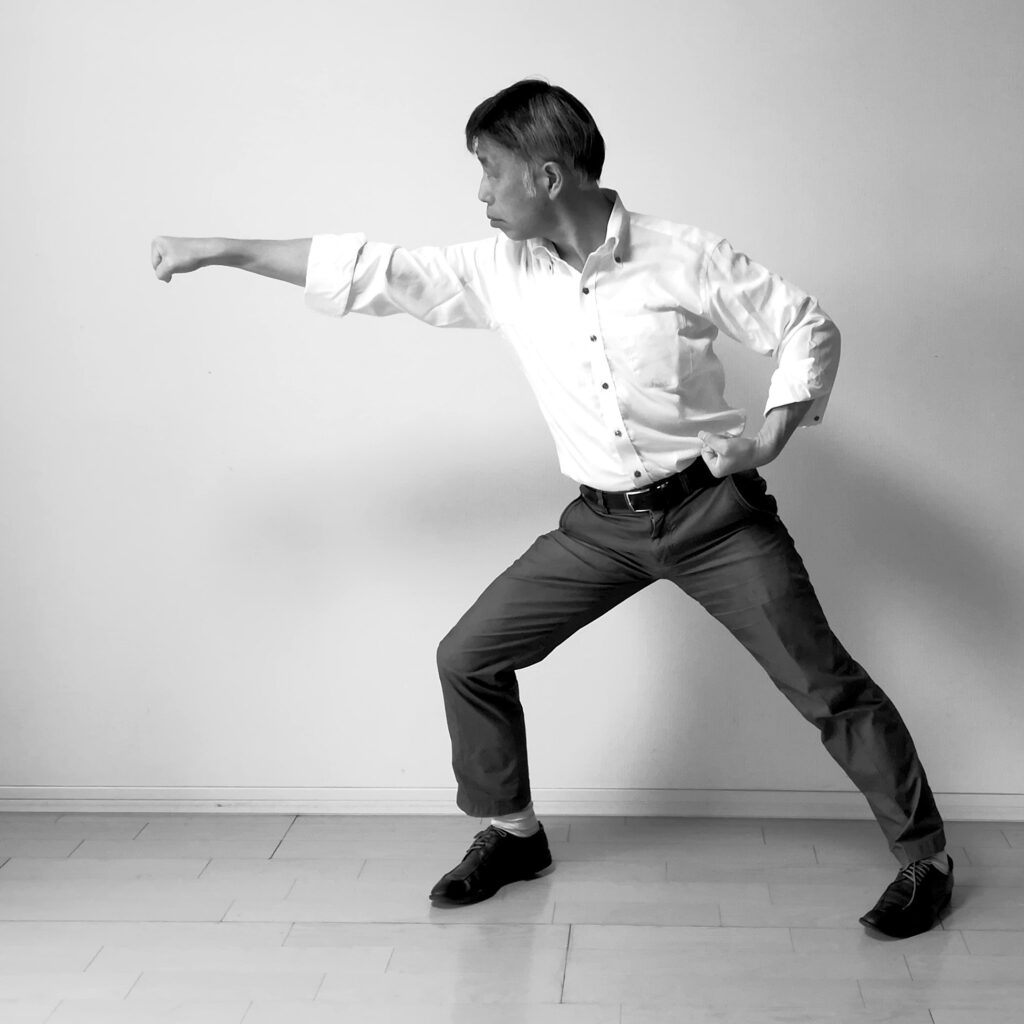
“An(按)” in Tai Chi is not just a push.
“An(按)” is Tai Chi’s fourth motion and it means a hit.
Tai Chi’s fourth motion produces a powerful impulse by using spiral force (纏絲勁) in the lower body.
Let’s explain “An(按)”, Tai Chi’s fourth motion, in bow stance position.

Ji(擠) in Tai Chi is a teleportation movement to get in the opponent fighting barrier.
It is the action of taking the opponent’s midline and is related to the gait.
There’s nothing more scary than an enemy’s fist or face appears in front of you instantly.
Let me explain more.

Along with the popularization of Tai Chi, there are several traditions that have been lost.
If you move forward with the bow-stance, you return your weight to the rear foot, then rotates the heel of the front foot. Is this a tradition?
Let’s explain.
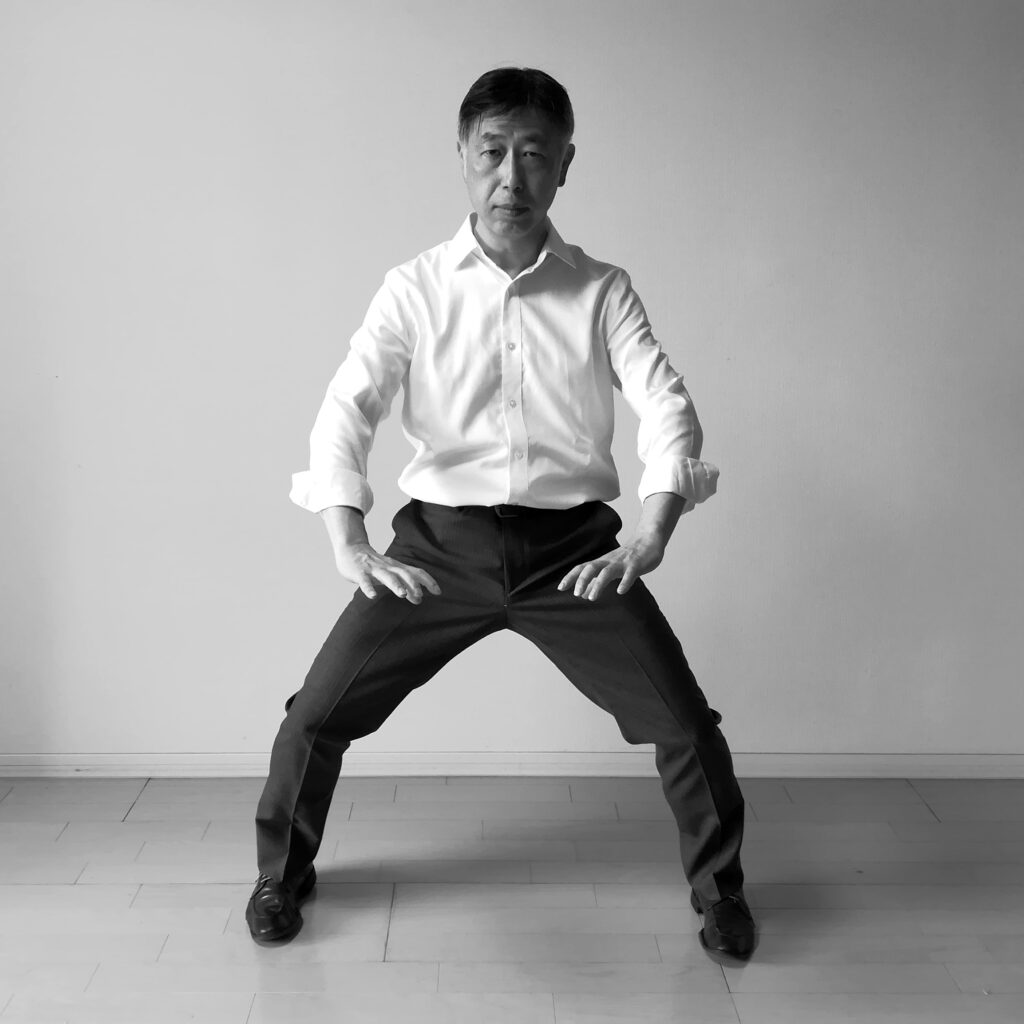
Horse stance is the fundamental stance in all style of martial arts. Japanese Karate also has horse stance named Kiba-dachi.
In Chinese martial arts, the way of standing differs from school to school.
What does the Tai Chi horse stance look like?
Let’s explain.